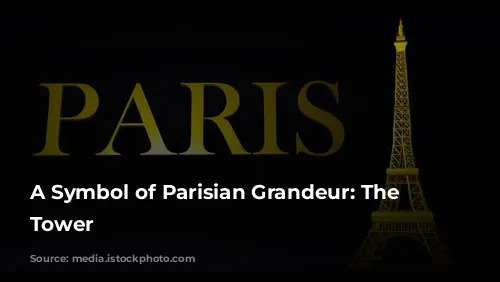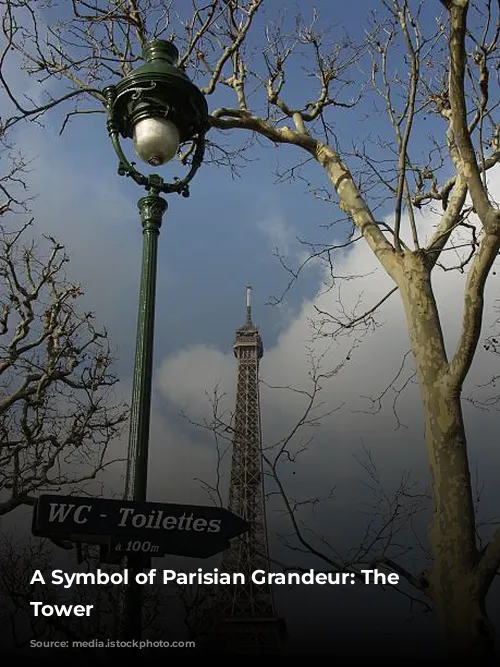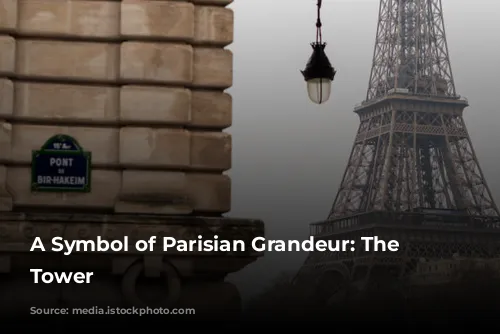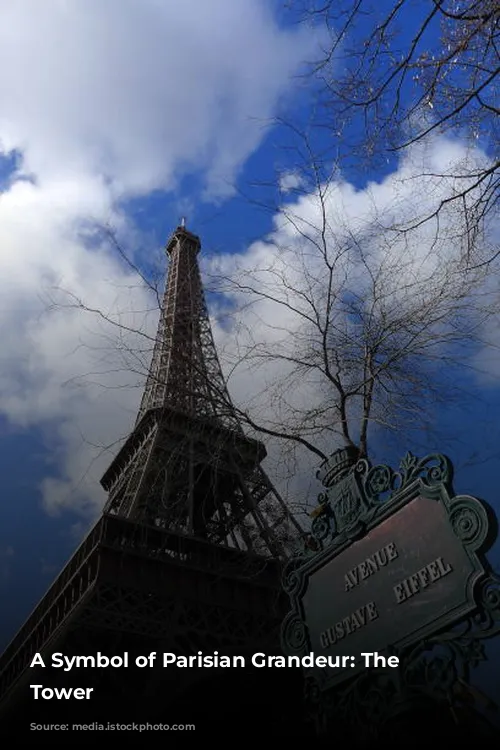The Eiffel Tower, a Parisian icon, stands tall as a testament to architectural engineering and French ingenuity. Its story is one of triumph over adversity, bold innovation, and enduring popularity.
Let’s delve into the fascinating history of this world-renowned landmark!

A Tower of Dreams: The Eiffel Tower’s Birth
The Eiffel Tower was built in 1887, just before the start of the 1889 World’s Fair, known as the Exposition Universelle. It was initially designed as a grand entranceway to the fair, symbolizing France’s technological prowess at the time. The tower was also meant to mark the centennial of the French Revolution.
The Eiffel Tower was originally intended as a temporary structure, a mere backdrop for the Exposition Universelle. Few could have imagined it would become a beloved symbol of Paris and French national pride!

From Conception to Construction: The Eiffel Tower Takes Shape
The idea for the Eiffel Tower emerged from the rapid advancements in technology during the Industrial Revolution. Buildings were getting taller, and architects dreamed of reaching for the sky. But the Eiffel Tower wasn’t just about reaching new heights, it was a bold artistic statement that challenged conventional design.
Gustave Eiffel, a renowned engineer, commissioned two architects, Stephen Sauvestre and Maurice Koechlin, to design the tower. They envisioned a monumental structure with four massive columns supporting a latticework tower. The design was revolutionary, incorporating lightweight steel construction and innovative engineering techniques that had never been seen before.

A Symphony of Steel: Construction and Challenges
The Eiffel Tower was a monumental feat of engineering. Construction began in 1887, and the challenges were immense. Despite the critics who doubted its feasibility, the construction team worked tirelessly to bring this vision to life.
The tower was completed in just two years and two months, a remarkable feat for such a complex project. During construction, the tower was constantly scrutinized by the public, with many expressing concerns about its appearance and stability.
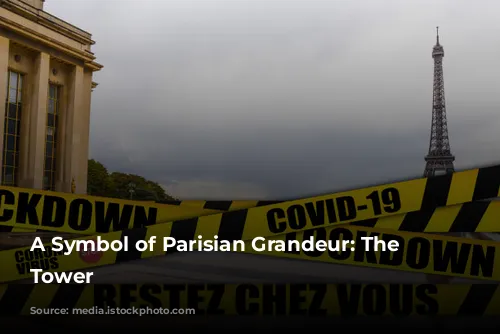
Unveiling the Masterpiece: The Eiffel Tower’s Triumph
When the Eiffel Tower was finally unveiled in 1889, it was an instant sensation. People were amazed by its sheer size, intricate design, and breathtaking views. The tower was an undisputed success, exceeding all expectations and solidifying its place as a global architectural landmark.
The Eiffel Tower quickly became a symbol of Parisian life, attracting visitors from all walks of life. The likes of royalty, world leaders, and celebrities flocked to the tower, signing the guest book and leaving their mark on this iconic structure.

More Than a Landmark: The Eiffel Tower’s Legacy
The Eiffel Tower has served many purposes over the years. It has been a communications hub, a scientific research facility, and a cultural center. From its role in the development of radio and television to its use as a military control center during World War I, the tower has always played a vital role in the city’s history.
The Eiffel Tower has been closely linked to key moments in French history, showcasing the nation’s technological advancements and resilience.
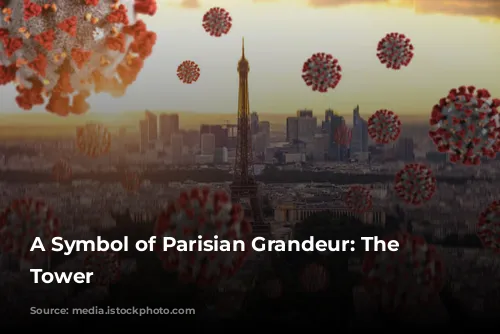
An Enduring Symbol: The Eiffel Tower Today
Today, the Eiffel Tower remains a beloved symbol of Paris and a must-see destination for tourists from around the world. It stands tall, a timeless monument to human ingenuity and creativity.
Despite its humble beginnings as a temporary exhibit, the Eiffel Tower has evolved into a lasting symbol of France, representing its cultural richness, architectural brilliance, and enduring spirit.
